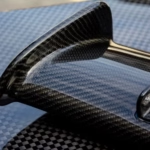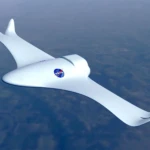The Ultimate Guide to Choosing the Right Linear Guide Rails: Hard Rail vs. Linear Rail Tour
Introduction
In the world of machine tools, linear guide rails are an essential component that ensures precise movement and high-quality performance. With the numerous options available in the market, it can be overwhelming to choose the right one for your needs. In this blog post, we will delve into the world of linear guide rails, exploring the differences between hard rail towers and linear rail tours, and what advantages each offers.
Hard Rail Towers: What You Need to Know
Hard rail towers are guidance rails treated with melting or steel after extinction and grinding. The bed and the rails are not necessarily integrated, making them ideal for large tools and rough machining applications. One of the significant advantages of hard rail towers is their ability to withstand higher loads, making them suitable for tools with demanding requirements.
Disadvantages of Hard Rails
- Material Inhomogeneity: Due to the casting process, hard rails are prone to material imperfections such as porosity, relaxation, and other defects. These flaws can lead to a shorter lifespan and decreased precision.
- Difficulty in Treatment: The treatment process for hard rails is challenging, requiring precise control over form and position tolerances, as well as the treatment of aging and extinction.
- Assembly Complexity: Assembly of hard rails requires specialized tools and a high level of technical expertise, making it a challenging process.
- Shorter Lifespan: Hard rails have a shorter lifespan compared to linear rail tours, which is closely linked to their movement method.
- Higher Maintenance Cost: Maintenance of hard rails is more complex and requires more resources, making it a costly endeavor.
Linear Rail Tour: The Advantages
- Practical Assembly: Linear rail tours are easy to assemble, with minimal training required to achieve high-quality results.
- Space for Customization: Linear rail tours offer a wide range of options for customization, from structural form to precision, lubrication, and load capacity.
- Speed and Performance: Linear rail tours are designed for high-speed operation, making them ideal for applications that demand speed and precision.
- Long Lifespan: Linear rail tours have a longer lifespan due to their rolling friction method, which minimizes wear and tear.
- Low Maintenance Cost: Maintenance of linear rail tours is relatively simple, making it a cost-effective option.
Conclusion
When it comes to choosing the right linear guide rails, it’s essential to consider the specific requirements of your application. Hard rail towers are ideal for large tools and rough machining applications, while linear rail tours excel in high-speed operations and precision processing. By understanding the advantages and disadvantages of each type, you can make an informed decision to ensure the best results for your machine tools. Remember to prioritize maintenance, assembly, and material selection to get the most out of your linear guide rails.
Related Reading

















